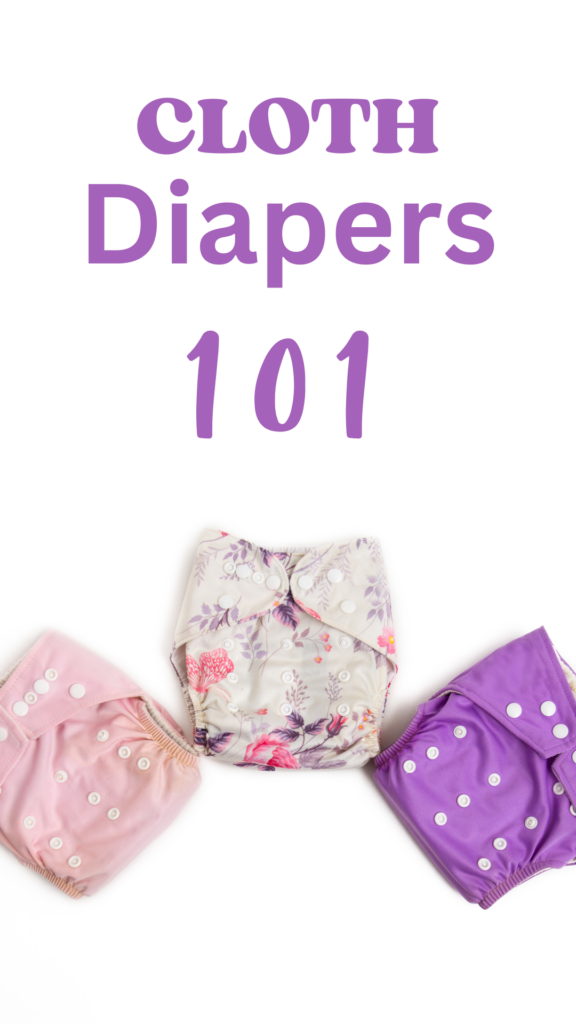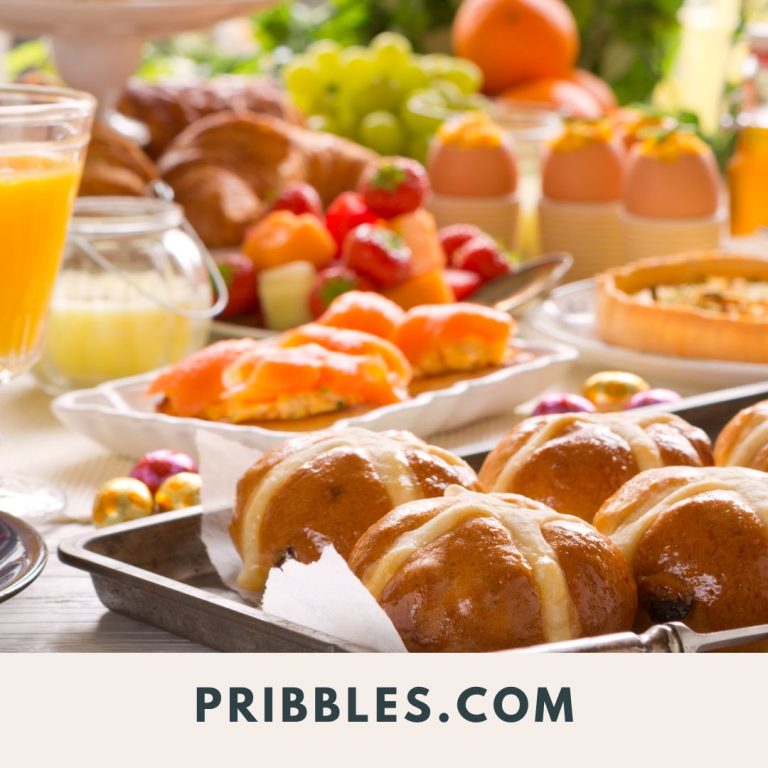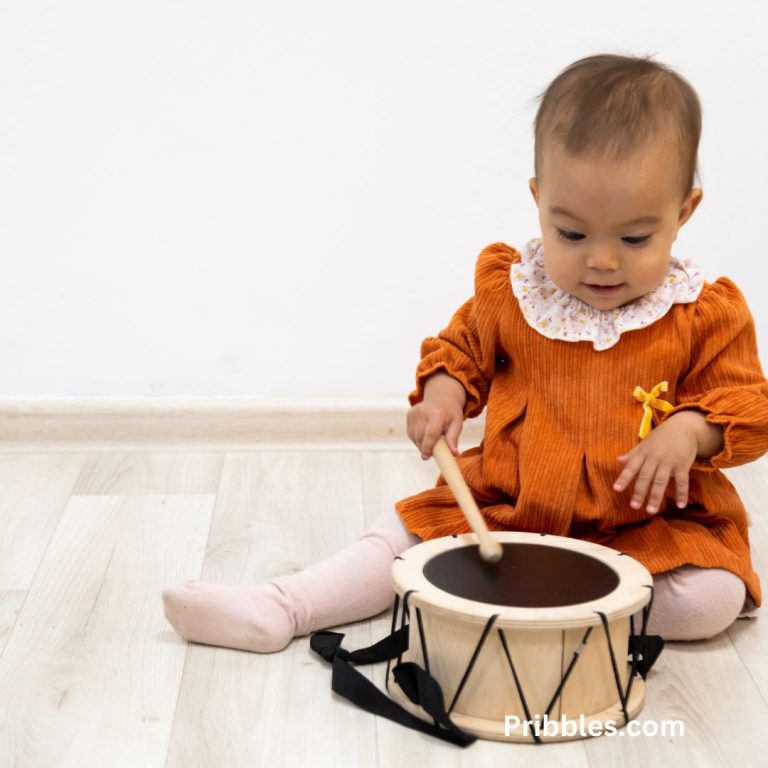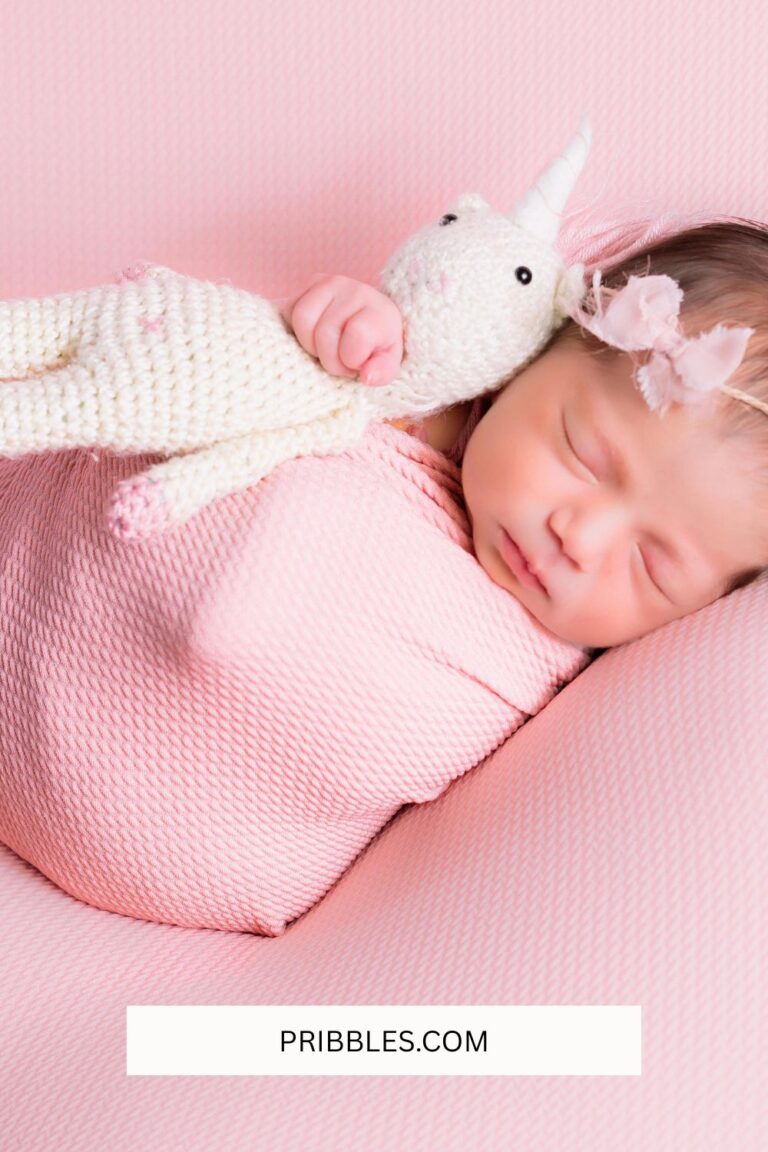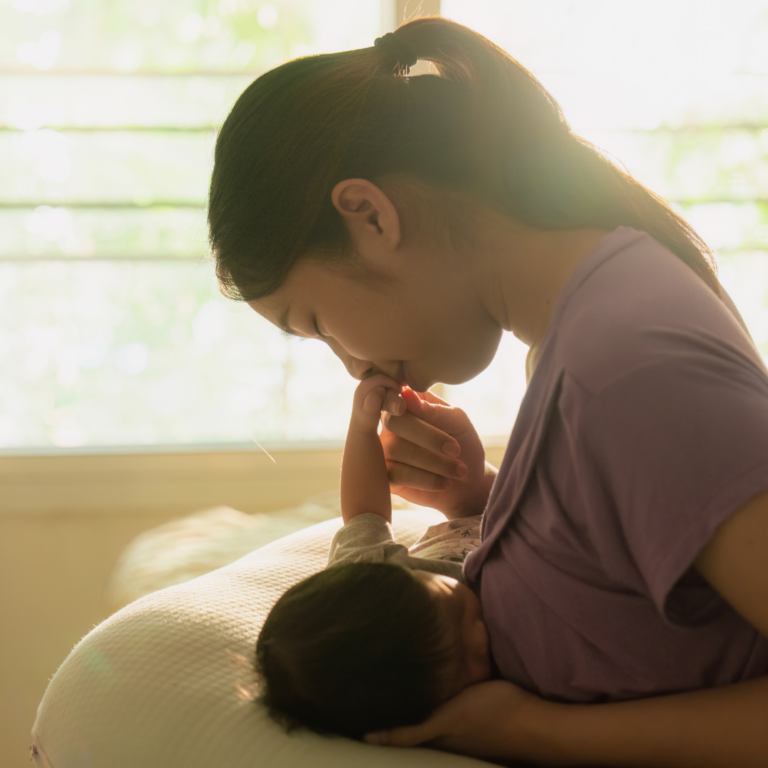6 Different Types of Cloth Diapers and How to Choose Between Them
This article is all about different types of cloth diapers, so if you’re in the market to cloth diaper your baby, this article will help you understand it all.
Cloth diapers are reusable diapers made of various types of fabric, designed to be washed and reused instead of being disposed of after a single use like disposable diapers.
Affiliate links may be used in this post and if so I will receive a commission at no extra cost. I’m also part of the Amazon Affiliate (Associate) program where I earn a commission from sales made through my affiliate links. Read the full disclosure policy.
They are an eco-friendly and cost-effective alternative to disposable diapers.
Cloth diapers have evolved over time, and there are several types and styles available, including:
Prefold diapers: Rectangular pieces of fabric with a thicker, absorbent center. They require folding and securing with pins or snaps.
Flat diapers: Similar to prefolds but without the thicker center. They need folding and fastening with pins or diaper fasteners.
Fitted diapers: Contoured to fit the baby’s shape and often have elastic at the legs and back. They usually have snaps or Velcro for closure.
Pocket diapers: Consist of a waterproof outer shell with a pocket inside where absorbent inserts or liners can be placed.
All-in-One (AIO) diapers: These are one-piece diapers with the absorbent layer sewn into the waterproof cover, making them easy to use.
Hybrid diapers: Combine elements of cloth and disposable diapers. They have a reusable outer shell and a disposable insert.
Cloth diapers offer various benefits, such as being more environmentally friendly, reducing waste, and potentially saving money over the long term.
However, they do require more maintenance, as they need to be washed and dried after each use.
The choice between cloth and disposable diapers often depends on personal preferences, lifestyle, and convenience.
Pin It
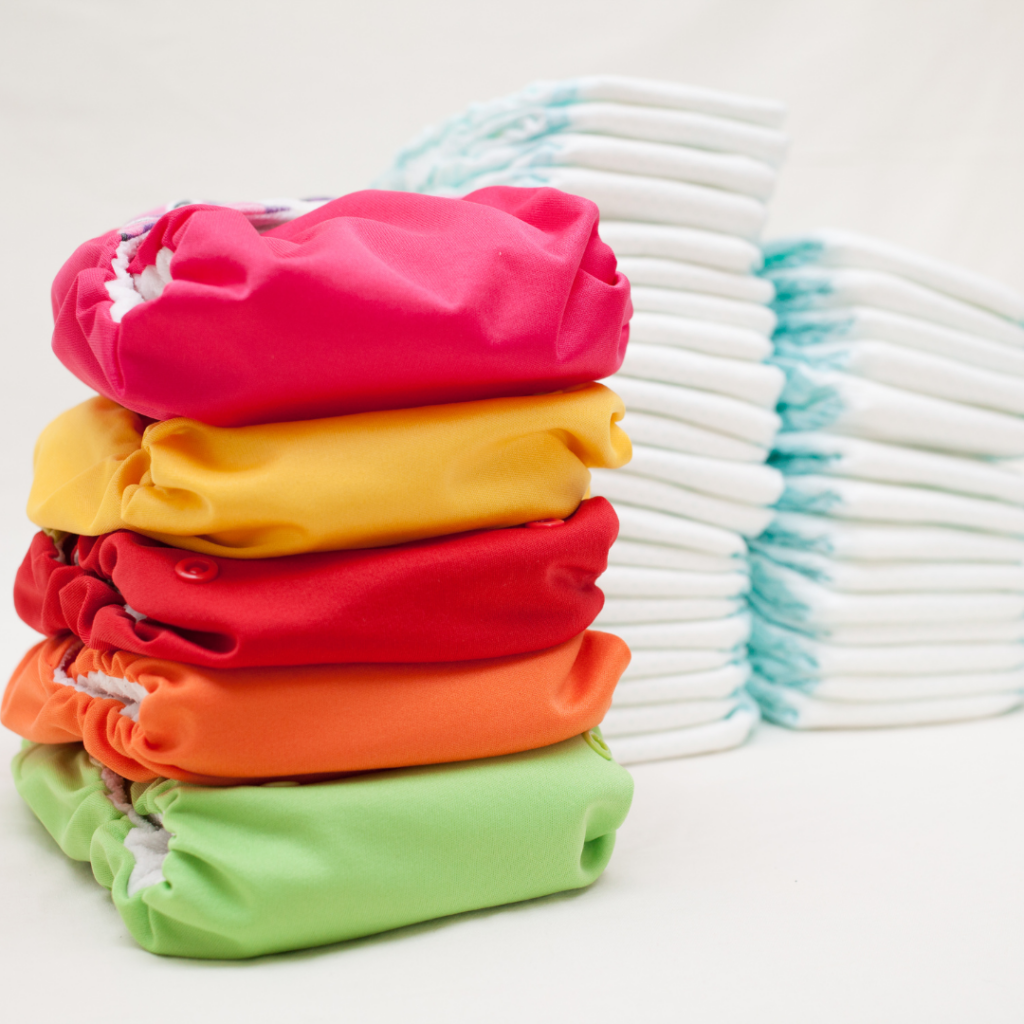
Different Types of Cloth Diapers
Choosing the right cloth diaper involves considering various factors, including your lifestyle, budget, baby’s size and age, ease of use, and personal preferences.
Here are some key factors to consider when selecting cloth diapers:
Types of Cloth Diapers
Prefold/Flat Diapers: If you prefer an economical option and don’t mind the extra folding.
Fitted Diapers: Ideal for those who want a more fitted and convenient option without the need for folding.
Pocket Diapers: Provide customization with inserts and are relatively easy to use.
All-in-One (AIO) Diapers: Convenient one-piece options, similar to disposables, but they may take longer to dry.
Closure System
Snaps or Velcro: Consider which closure system you find more convenient. Snaps are durable but may take longer to put on, while Velcro (or hook-and-loop) is quick but may wear out over time.
Sizing and Adjustability
Check if the diaper is available in different sizes or if it’s adjustable to accommodate your baby’s growth. Some diapers come in one-size-fits-all with adjustable snaps.
Absorbency
Consider the absorbency needs for your baby. Some diapers come with multiple inserts for customizable absorbency levels.
Ease of Cleaning
Some diapers may be easier to clean than others. For instance, pocket diapers with removable inserts can facilitate faster drying.
Materials
Consider the materials used in the diaper. Organic cotton, hemp, and bamboo are popular choices for absorbent layers. Check if the outer layer is waterproof and breathable.
Drying Time
Keep in mind the drying time for the diapers. All-in-One diapers may take longer to dry compared to other types.
Budget
Evaluate your budget for cloth diapers. While the initial investment might be higher than disposable diapers, cloth diapers can save money in the long run.
Brand Reviews
Read reviews and get recommendations from other parents. This can give you insights into the durability, effectiveness, and user-friendliness of different cloth diaper brands.
Trial and Error
It might take some trial and error to find the right cloth diaper that works best for you and your baby. Consider starting with a few different types and brands to see what suits your preferences.
Ultimately, the choice of cloth diaper depends on your individual needs and preferences.
Experimenting with a few options can help you determine which type and brand work best for your family.
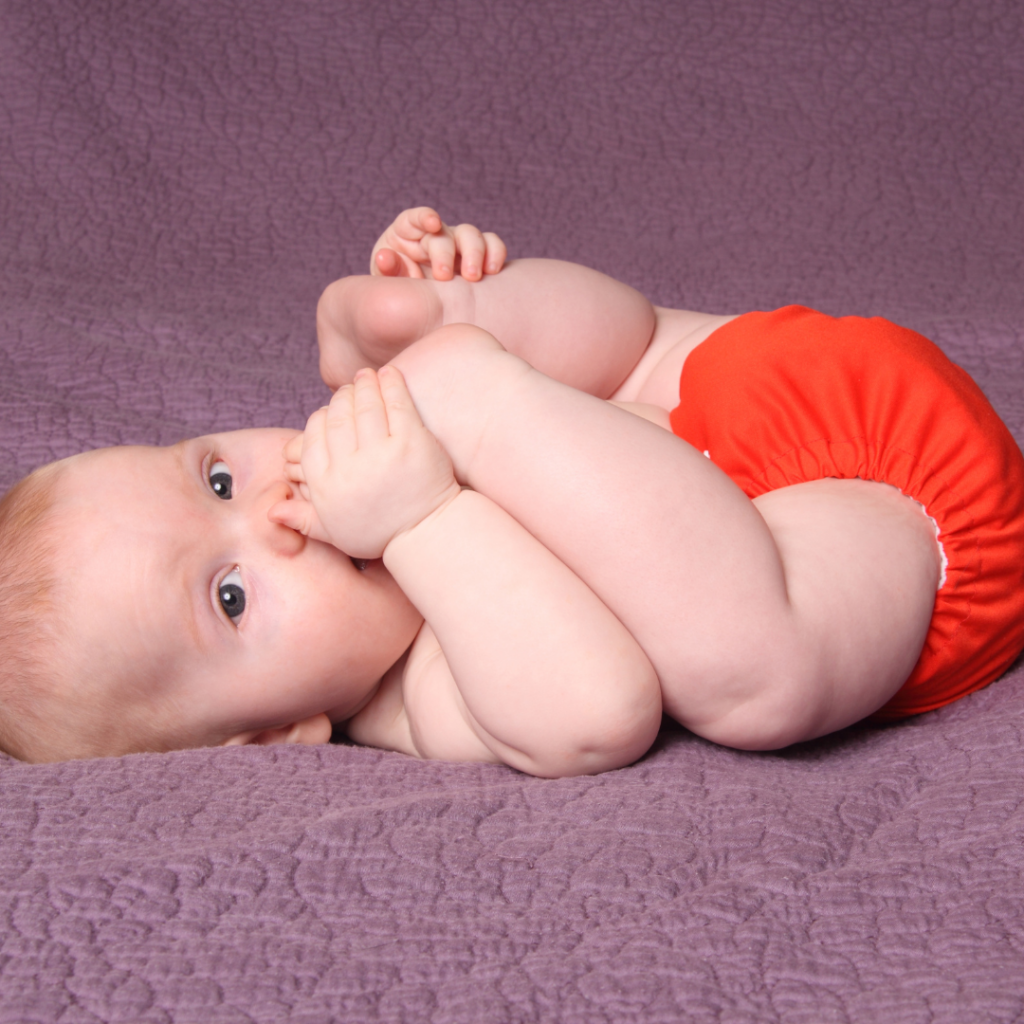
Prefold/Flat Diapers 101
Prefold and flat diapers are traditional types of cloth diapers that require folding and fastening.
Here’s a detailed look at each:
Prefold Diapers:
Design:
Prefold diapers consist of multiple layers of fabric sewn together in a rectangular shape.
They have a thicker, more absorbent panel in the center, with additional layers on the sides.
Material:
Common materials include cotton, bamboo, or a blend of fabrics.
Cotton prefolds are popular for their absorbency and durability.
Folding:
Prefold diapers need to be folded to fit the baby’s size and shape.
Folding options include the “trifold” (folding into thirds) or the “angel fold” (folding into a kite-like shape).
Fastening:
Prefolds require a fastening system, such as diaper pins, Snappi fasteners, or a diaper cover with built-in snaps or Velcro.
Diaper Cover:
A waterproof diaper cover is necessary to prevent leaks. Prefold diapers are typically used with a separate cover.
Versatility:
Prefold diapers are versatile and can be adjusted for different absorbency needs by adding extra layers where needed.
Economical:
Prefold diapers are often considered more economical compared to some other cloth diaper options.
Drying Time:
They have relatively short drying times compared to some other cloth diaper styles.
Prefold Cloth Diapers:
- Unbleached Prefold Cloth Diapers
- OsoCozy – Prefold Cloth Diapers
- Gerber Unisex Baby Boys Girls Birdseye Prefold Cloth Diapers
Flat Diapers:
Design:
Flat diapers are large, single-layer squares of fabric, usually made of cotton or birdseye cotton.
They are the most basic and versatile type of cloth diaper.
Folding:
Flat diapers require folding into the desired shape to fit the baby. Folding options include the “origami fold,” “jelly roll fold,” and more.
The versatility of folding allows customization for absorbency and fit.
Fastening:
Similar to prefolds, flat diapers require a fastening system like diaper pins, Snappi fasteners, or a diaper cover with built-in snaps or Velcro.
Diaper Cover:
A separate waterproof diaper cover is needed to prevent leaks.
Versatility:
Flat diapers are highly versatile and can be adapted for use as inserts, boosters, or even makeshift burp cloths.
Economical:
Flat diapers are among the most economical cloth diaper options, and they are often used as a more budget-friendly choice.
Drying Time:
Similar to prefolds, flat diapers tend to have shorter drying times compared to more complex cloth diaper styles.
Both prefold and flat diapers are appreciated for their simplicity, cost-effectiveness, and versatility.
While they may have a steeper learning curve initially, many parents find them to be reliable and customizable options for cloth diapering.
Flat Cloth Diapers
- OsoCozy Unbleached Birdseye Flat Cloth Diapers
- Gerber Unisex Baby Boys Girls Birdseye Flatfold Cloth Diapers
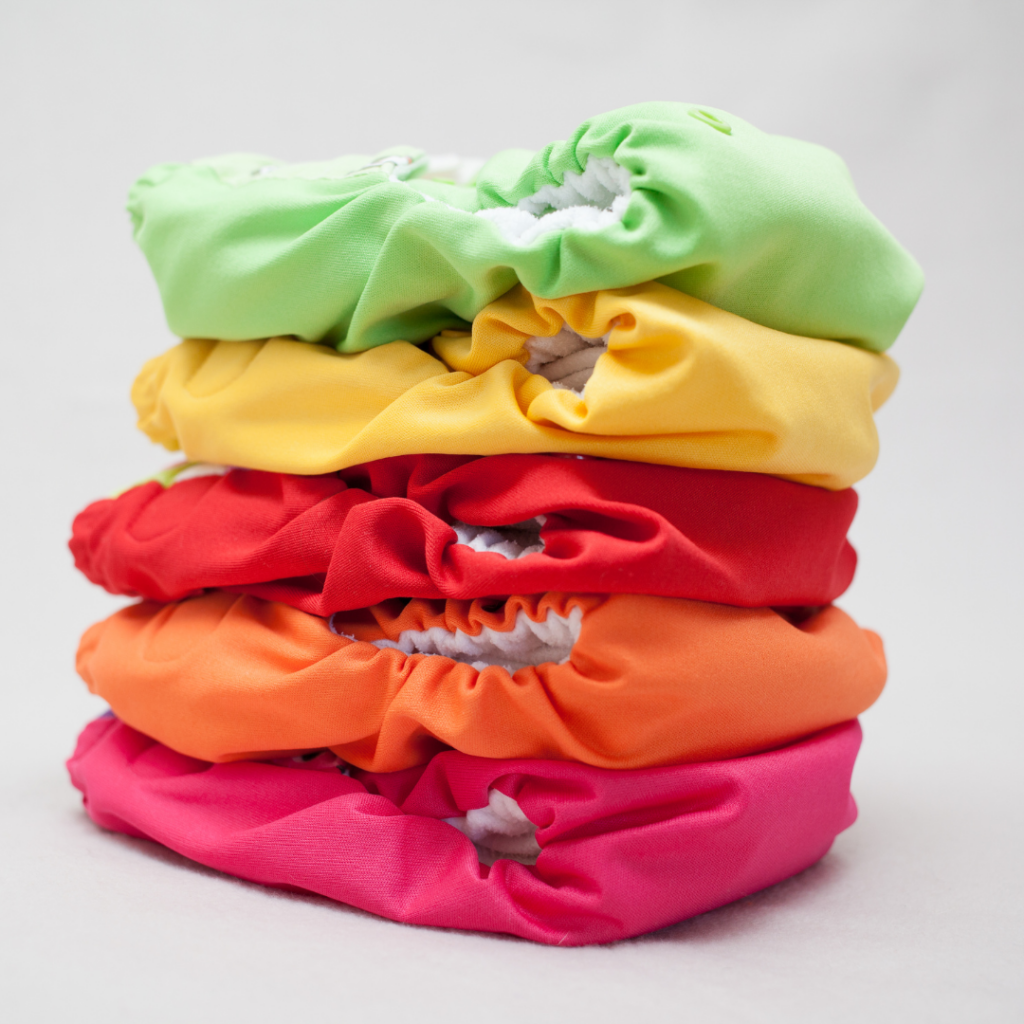
Fitted Diapers
Fitted diapers are a type of cloth diaper that offers a contoured shape to fit the baby’s body, eliminating the need for folding.
Here’s an overview of fitted diapers:
Design:
Fitted diapers are shaped and contoured to fit a baby’s body, providing a snug and comfortable fit without the need for additional folding.
They typically have elastic at the legs and back to help prevent leaks.
Materials:
Fitted diapers are made from various materials, including cotton, bamboo, hemp, or a blend of fabrics.
The absorbent material is often layered for increased absorbency.
Closure System:
Fitted diapers usually come with snaps or Velcro (hook-and-loop) closures for easy and secure fastening.
The closure system allows for adjustability to accommodate a growing baby.
Absorbency:
Fitted diapers are known for their high absorbency due to the multiple layers of material. Some may also have a pocket where you can add extra inserts for additional absorbency.
Diaper Cover:
Unlike prefold and flat diapers, fitted diapers often require a separate waterproof cover to prevent leaks. The cover can be reused if not soiled.
Ease of Use:
Fitted diapers are relatively easy to use since they eliminate the need for folding. Parents can simply put the diaper on the baby and fasten it using snaps or Velcro.
Versatility:
Fitted diapers are versatile and can be used for both daytime and nighttime diapering. They are suitable for heavy wetters or overnight use when paired with additional inserts.
Drying Time:
The drying time for fitted diapers can be longer than prefolds or flats due to their increased thickness. However, some modern fitted diapers come with snap-in inserts, making it easier to dry components separately.
Cost:
Fitted diapers are typically more expensive than prefolds or flats, but they offer convenience and a contoured fit.
Usage with Covers:
While some fitted diapers come with a waterproof outer layer, many users prefer to use them with a separate diaper cover for added leak protection.
Fitted diapers are a popular choice for parents who want the convenience of an all-in-one style but with the flexibility to customize absorbency using additional inserts.
They combine ease of use with high absorbency, making them suitable for various situations, including overnight use.
Fitted Cloth Diapers:
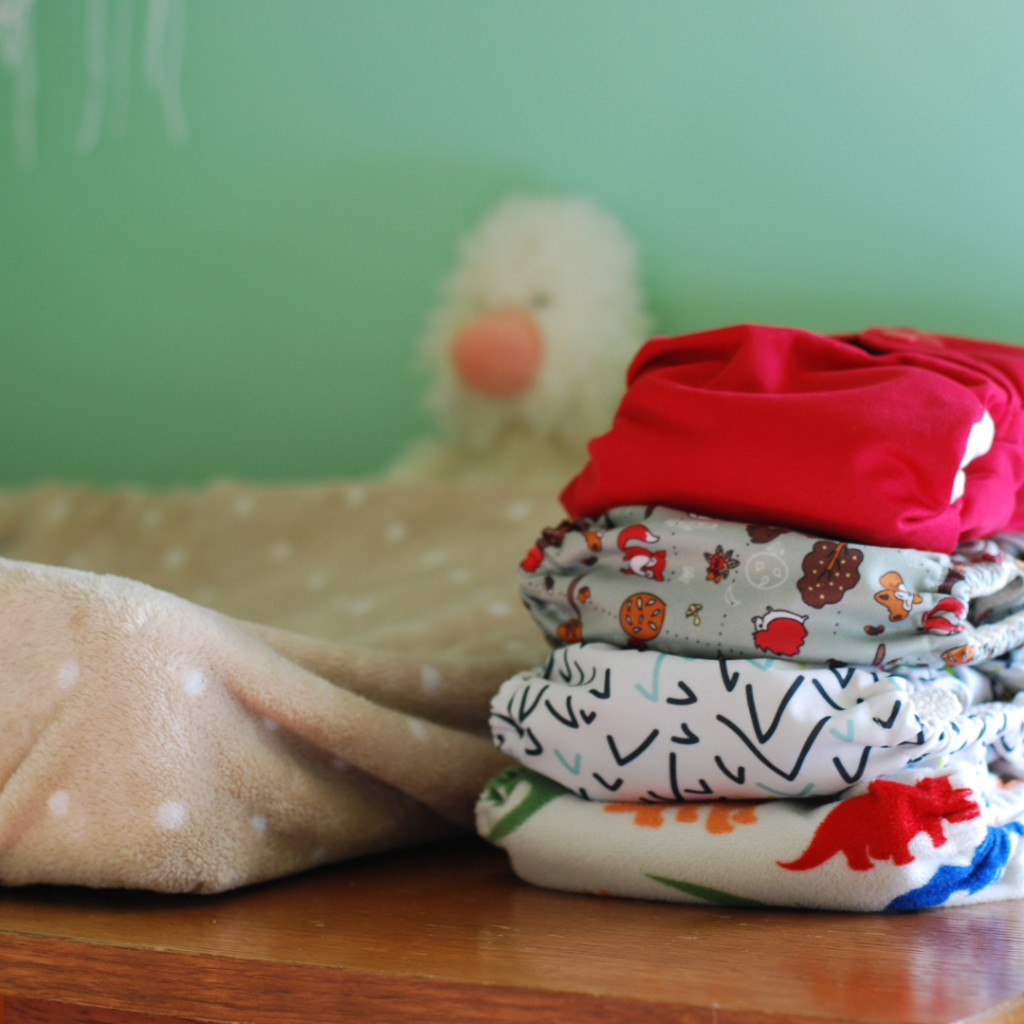
Pocket Cloth Diapers
Pocket diapers are a type of modern cloth diaper that consists of a waterproof outer shell with a pocket inside where absorbent inserts or liners can be placed.
Here’s an overview of pocket cloth diapers:
Design:
Pocket diapers typically consist of two parts: a waterproof outer shell and a soft inner layer that forms a pocket.
The pocket opening allows for easy insertion and removal of absorbent inserts.
Materials:
The outer shell of pocket diapers is usually made of waterproof material such as PUL (polyurethane laminate), while the inner layer is often made of a soft, moisture-wicking material like microfleece or suede cloth.
Absorbency:
The absorbent core of pocket diapers is customizable. Users can insert one or more absorbent inserts into the pocket, allowing for adjustable absorbency levels.
Inserts can be made of various materials, such as microfiber, bamboo, hemp, or cotton.
Closure System:
Pocket diapers typically have a closure system, such as snaps or Velcro (hook-and-loop), to secure the diaper around the baby’s waist.
Ease of Use:
Pocket diapers are known for their ease of use. Parents can customize the absorbency by adjusting the number and type of inserts, making them suitable for both daytime and nighttime use.
Putting on and taking off pocket diapers is similar to using disposable diapers, which makes them user-friendly.
Diaper Changes:
During diaper changes, the entire pocket diaper (including the inserts) is replaced, simplifying the process.
Washing:
Pocket diapers need to be disassembled before washing. The inserts are removed from the pocket, and both parts are washed separately.
Drying Time:
The drying time for pocket diapers depends on the materials used for the inserts. Microfiber inserts tend to dry relatively quickly, while natural fibers like bamboo or hemp may take longer.
Versatility:
Pocket diapers are versatile and can be adapted to meet different absorbency needs. They are suitable for babies of various sizes and can be used throughout the diapering years.
Cost:
Pocket diapers may be a bit more expensive upfront compared to prefolds or flats, but they offer convenience and versatility.
Leak Protection:
When properly assembled and fitted, pocket diapers provide effective leak protection due to their waterproof outer layer.
Pocket diapers are a popular choice among cloth diaper users who appreciate the convenience of customizable absorbency and the simplicity of the pocket design.
They offer a balance between ease of use and flexibility for parents who want a modern cloth diapering option.
Pocket Diapers:
- Wegreeco Washable Reusable Baby Cloth Pocket Diapers 6 Pack
- wegreeco Washable Reusable Baby Cloth Pocket Diapers

All in One Cloth Diapers
All-in-One (AIO) diapers are a type of modern cloth diaper designed to be convenient and easy to use.
Here’s a comprehensive overview of All-in-One diapers:
Design:
AIO diapers are a one-piece diapering system where the waterproof outer layer and the absorbent inner layer are sewn together, creating a single, easy-to-use unit.
The absorbent material is usually sewn into the diaper, eliminating the need for additional inserts or folding.
Materials:
The outer layer of AIO diapers is typically made of waterproof material like PUL (polyurethane laminate), and the inner layer is made of an absorbent material such as microfiber, cotton, bamboo, or hemp.
Absorbency:
AIO diapers have built-in absorbency, and the level of absorbency depends on the materials used in the inner layers.
Some AIO diapers have additional pockets where users can add extra inserts for increased absorbency, making them more customizable.
Closure System:
AIO diapers come with a closure system, usually snaps or Velcro (hook-and-loop), for easy and secure fastening.
The closure system allows for adjustability to fit babies of different sizes.
Ease of Use:
AIO diapers are among the most user-friendly cloth diaper options. They are convenient for parents and caregivers who prefer a system that closely resembles disposable diapers.
AIO diapers are as easy to put on and take off as disposable diapers, making them popular for daycare or when other caregivers may be involved.
Diaper Changes:
During diaper changes, the entire AIO diaper is replaced. There’s no need to disassemble or fold, simplifying the process.
Washing:
AIO diapers are washed as a single unit, simplifying the washing process. Users don’t need to separate inserts from covers.
Drying Time:
The drying time for AIO diapers can be longer compared to some other cloth diaper styles, especially if the absorbent layers are thick or made of natural fibers like bamboo or hemp.
Versatility:
AIO diapers are versatile and suitable for both daytime and nighttime use, depending on the level of absorbency.
Some AIO diapers have adjustable rise settings, allowing them to fit babies of various sizes.
Cost:
AIO diapers are often more expensive upfront compared to prefolds or flats, but they offer convenience and ease of use.
Leak Protection:
When properly fitted, AIO diapers provide effective leak protection due to their integrated design and waterproof outer layer.
All-in-One diapers are a popular choice for parents who prefer the simplicity of a one-piece system without the need for additional components.
While they may have a higher initial cost, the convenience and ease of use make them an attractive option for many cloth diapering families.
AIO Cloth Diapers:
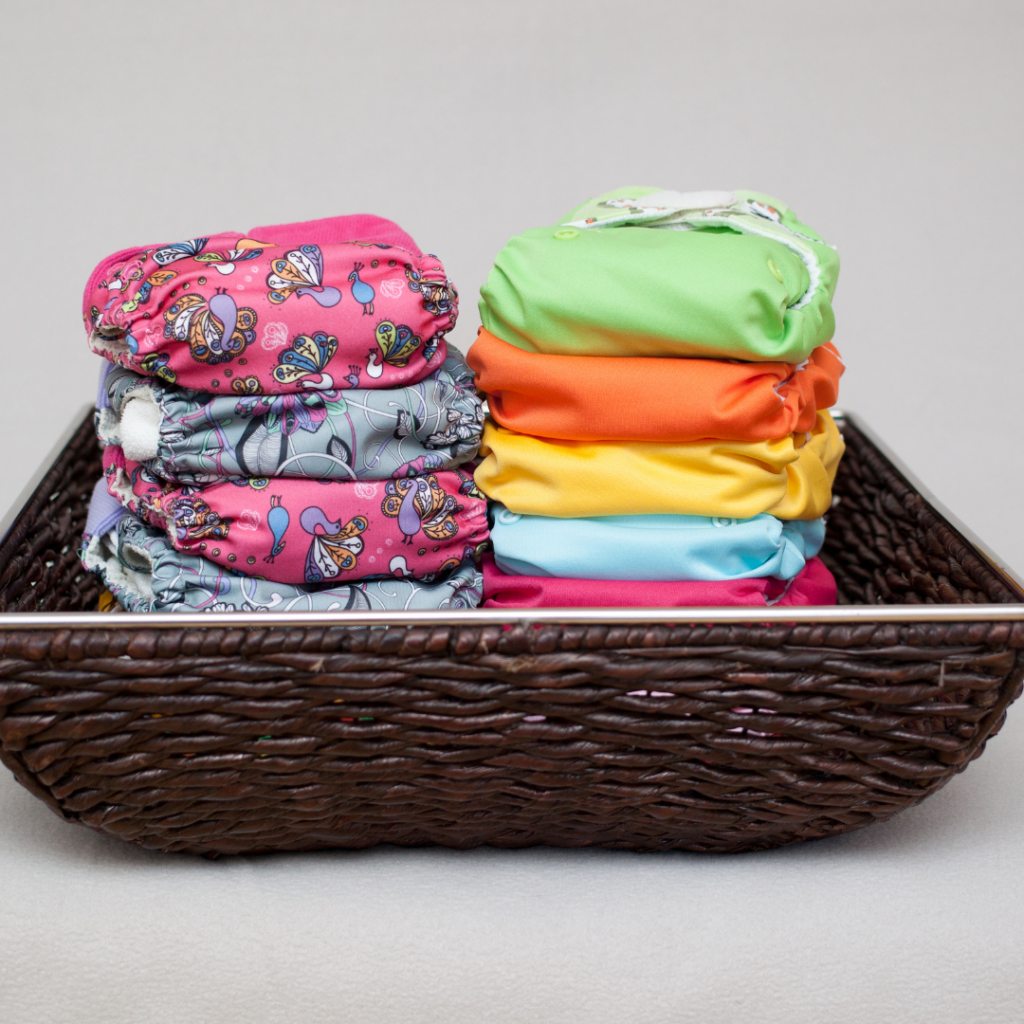
Hybrid Diaper Combo
Hybrid diapers combine elements of both cloth and disposable diapers, offering a flexible and customizable diapering solution.
Here are the details about hybrid diapers:
Design:
Hybrid diapers consist of a waterproof outer shell, similar to a cloth diaper cover, and a removable insert.
The insert can be either washable and reusable (cloth) or disposable, giving parents the option to choose between cloth and disposable inserts.
Materials:
The outer shell of hybrid diapers is typically made of waterproof material like PUL (polyurethane laminate).
Cloth inserts can be made of various materials, including microfiber, cotton, bamboo, or hemp.
Disposable inserts are often made of bio-degradable or eco-friendly materials.
Absorbency:
Cloth inserts for hybrid diapers provide absorbency and can be washed and reused.
Disposable inserts are designed for single-use and are often more convenient for travel or when washing cloth diapers is impractical.
Closure System:
Hybrid diapers come with a closure system, usually snaps or Velcro (hook-and-loop), for easy and secure fastening.
The closure system allows for adjustability to fit babies of different sizes.
Ease of Use:
Hybrid diapers offer the flexibility to use either cloth or disposable inserts, making them versatile and accommodating to different lifestyles.
Parents can switch between cloth and disposable inserts based on their preferences, travel plans, or convenience.
Diaper Changes:
During diaper changes, only the insert needs to be replaced. The outer shell can be reused if it is not soiled.
Washing:
Cloth inserts need to be washed and dried after each use, similar to other cloth diapers.
Disposable inserts are discarded after use, reducing the need for washing.
Drying Time:
Cloth inserts may have longer drying times compared to some other cloth diaper styles, depending on the materials used.
Disposable inserts do not require drying, as they are single-use.
Versatility:
Hybrid diapers offer versatility and can be a good option for families who want the flexibility of both cloth and disposable diapering.
Cost:
Hybrid diapers may have a higher upfront cost due to the reusable outer shell, but they can offer savings in the long run if parents choose to use cloth inserts.
Environmental Impact:
The environmental impact of hybrid diapers depends on the choice of inserts. Cloth inserts are reusable and can be more eco-friendly, while disposable inserts may contribute to landfill waste.
Hybrid diapers provide a middle ground between cloth and disposable diapers, allowing parents to tailor their diapering approach based on their preferences and needs.
They are particularly popular for families who want the convenience of disposables at times but also the environmental benefits of reusable cloth diapers.
Hybrid System:
- SmartNappy Disposable Inserts for by Amazing Baby Hybrid Diaper Cover
- SmartNappy Cotton Muslin by Amazing Baby
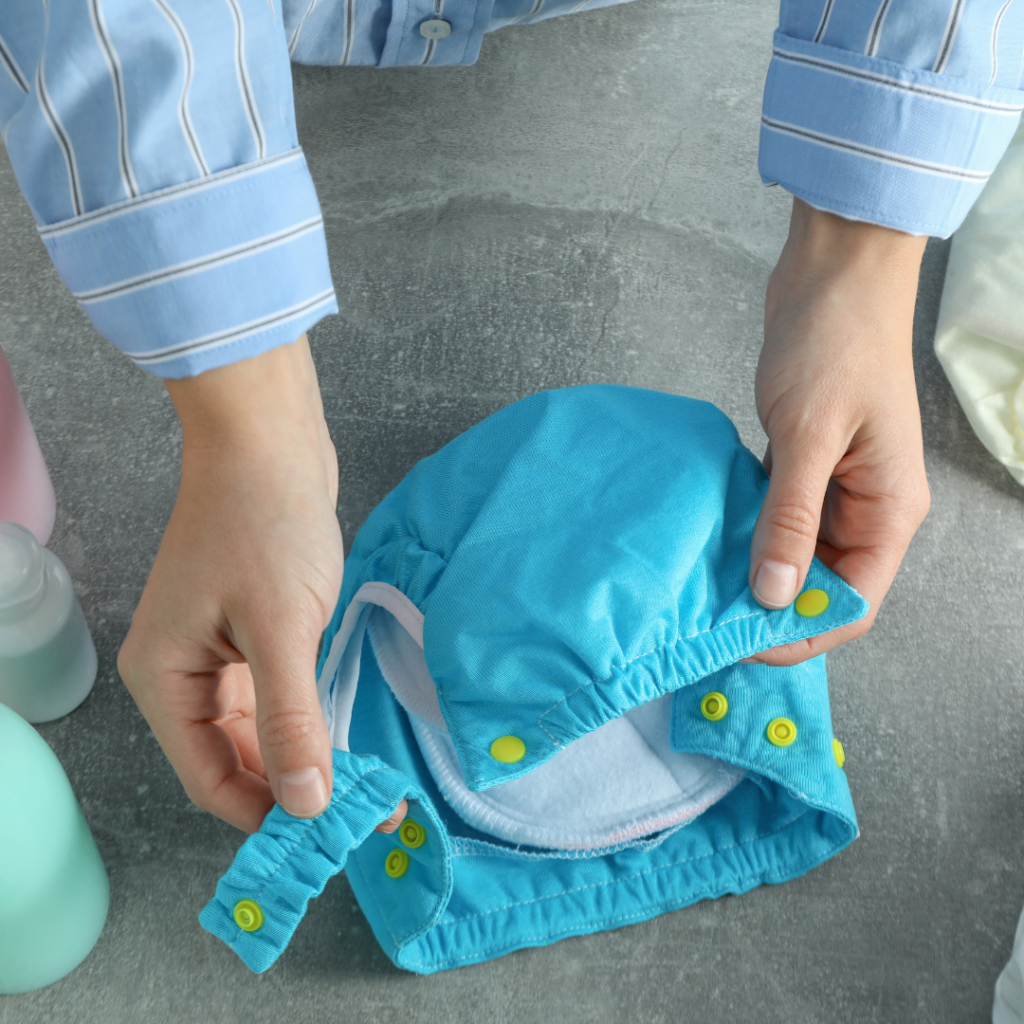
Cloth Diapering Wrap Up
Cloth diapering offers a sustainable and environmentally friendly alternative to disposable diapers, with a range of options to suit different preferences and lifestyles.
The diverse styles, including prefold, flat, fitted, pocket, and all-in-one diapers, provide parents with choices based on convenience, cost-effectiveness, and customization.
Cloth diapers can be an economical long-term investment, especially when considering the potential savings over the diapering period.
While there is an initial learning curve, the benefits of cloth diapering, such as reduced environmental impact, lower long-term costs, and potential health advantages, make it an attractive option for many parents.
The evolving designs and materials used in modern cloth diapers enhance user-friendliness, making them more accessible to a broader audience.
The decision to use cloth diapers is a personal one, influenced by factors such as lifestyle, budget, and environmental consciousness.
Whether choosing traditional prefolds, versatile pocket diapers, or the convenience of all-in-ones, cloth diapering empowers parents to make a sustainable choice for their families while contributing to a more eco-friendly and waste-conscious approach to diapering.
The cloth diapering journey reflects the commitment to both the well-being of the baby and the planet, offering a viable and rewarding option for those seeking an alternative to disposable diapers.
Happy diapering!
Pin for later reading
